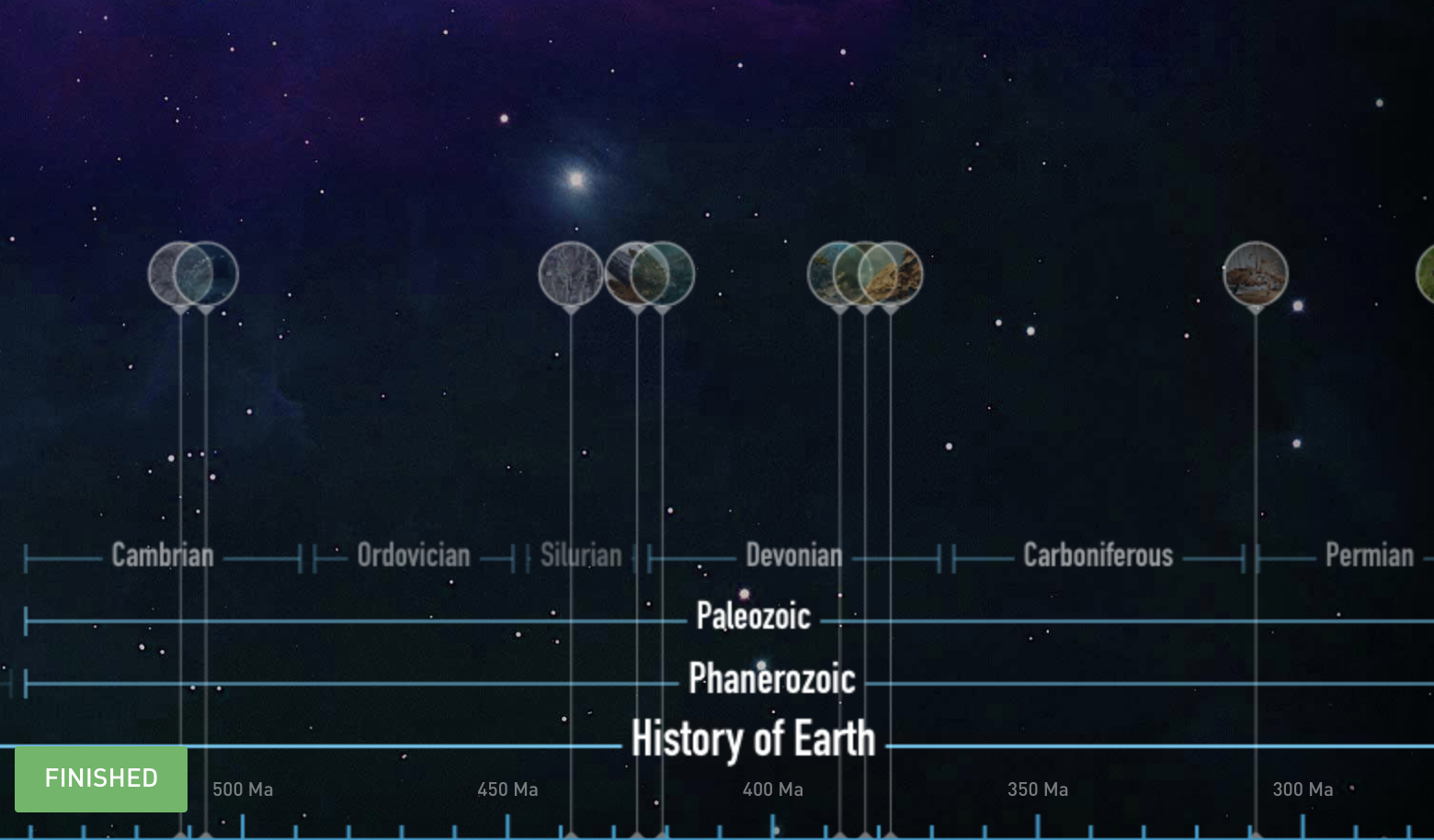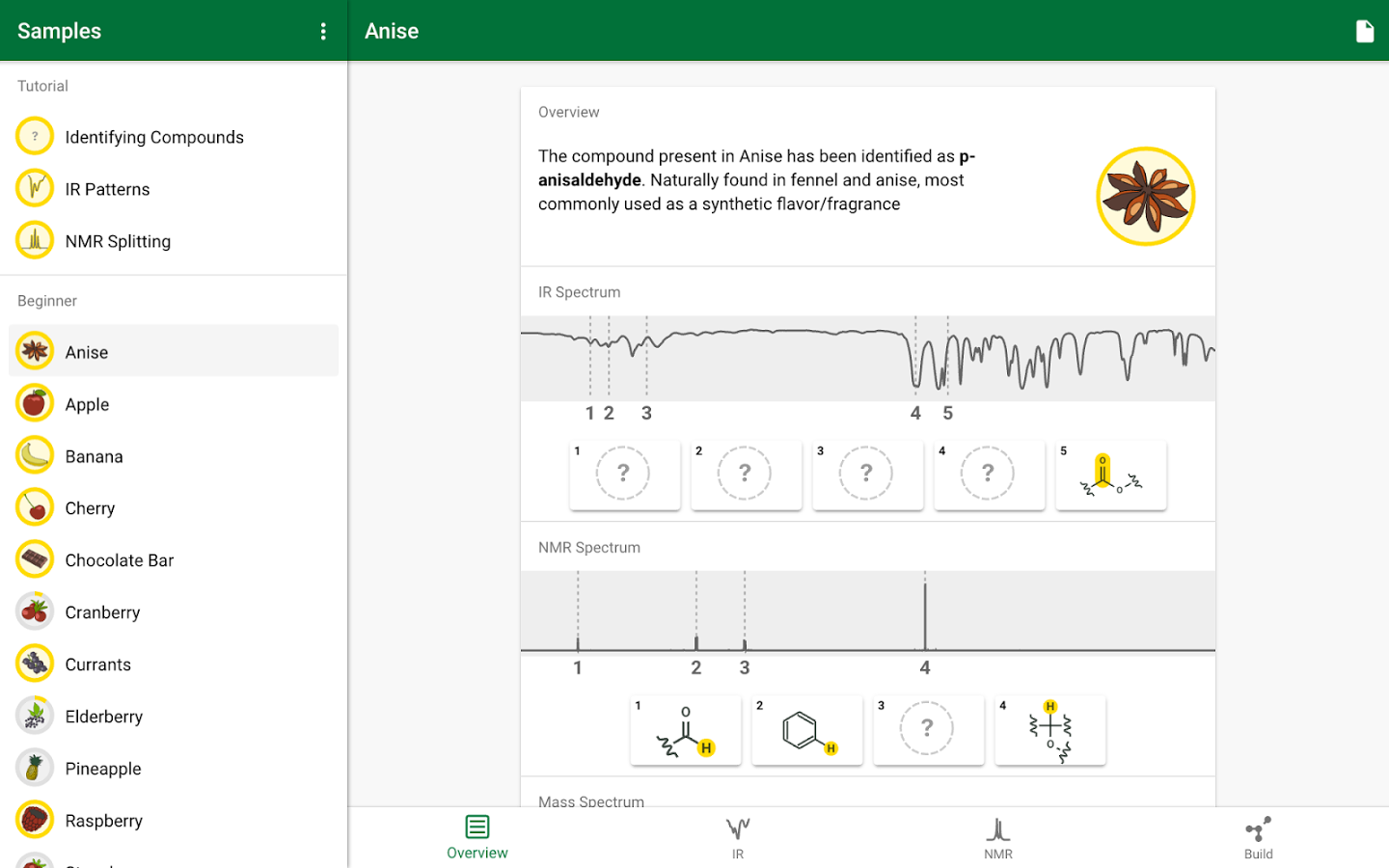What Makes a Good Interactive Learning Object?
Using interactivity and learning activities is the most engaging way to learn. Then, why do most online courses leave it out? There are many reasons. The one we hear the most from our partners and clients is that they don't know where to start.
Engage online learners with hands-on activities that bring your online training to life.
Interactive Learning Objects (ILOs) are the key to Onlea’s award-winning e-learning courses. Check out Onlea’s showcase of our interactive learning experiences. Contact us today at info@onlea.org to find out how our team can work for you.
Where do you start when designing an Interactive Learning Object?
ILOs are small web apps that allow students to explore interactive course content. This can be as simple as naming mountains on a map or as complex as a virtual project management meeting. ILOs provide higher engagement and retention in a course, as well as acting as an ideal place to integrate gamification into a course.
What makes a good Interactive Learning Object?
Because they can convey a lot of course content in a variety of different ways, we have to be mindful in how we design our ILOs. First, we have to examine what an ILO should do.
 The Geologic Time Scale ILO in Dino 101 allows students interactively explore a timeline spanning back millions of years.
The Geologic Time Scale ILO in Dino 101 allows students interactively explore a timeline spanning back millions of years.
Start With A Goal...
The basic purpose of an ILO is to teach a learning goal that is best understood by a student when they take an action. We do this by providing a virtual, interactive environment that the student is able to explore at their own pace. We also work alongside Subject Matter Experts to find the content in their course that benefit the most from that interaction. This often takes the place of a lab in a conventional course, but they aren’t limited to this. Students can retain information better when they can control the speed and order at which they absorb it. For instance it c
an be easier to learn and remember a series of events if a student can explore up and down an interactive timeline.
...Then Figure Out How To Reach It
Now that we’ve determined the learning goal of the ILO, we have to build something that effectively teaches that goal. The key is maximizing the number of choices a student can make while learning the material. A good ILO provides a lot of paths to the correct answer and makes sure that the student has a plenty of choices on the way there. It might not even have a correct answer. An ILO can be a free-form simulation where the student adjusts various controls to see what happens. This interaction is the heart of a good ILO (that’s why it’s in the name!). Students will learn better from a single ILO that lets them work through several choices than from a dozen simple matching exercises.
By adding a diverse set of choice and options to an ILO we can add gamification features such as achievements and unlockable areas based on those choices. For instance, correct answers on simple exercises can unlock further exercises, or trying out every parameter in a simulation can award a student with an achievement, motivating them to completely explore the ILO.
Making Sure It Hits The Mark
Once we’ve built the core functions of an ILO, we send it to a test group of students. By tracking these students’ progress through the test interactive we can make improvements to how the ILO operates by making underused choices more prominent or clarifying choices that users consistently struggle with. These analytics continue after the final release, informing the creation of additional content for the ILO to enrich the course or showing points of improvement so it can be used for more courses in the future.
What If My Course Isn't Online?
 Mastering Spectroscopy is a companion app for university-level chemistry courses
Mastering Spectroscopy is a companion app for university-level chemistry courses
ILOs aren't only limited to online courses. Blended and regular classroom courses can bring in interactive experiences as well. An app can be a great way to present content that is difficult or impossible to teach in-person or bring a class to. Digital labs can run alongside physical ones for expanded practice without taking additional lab time and resources. For example, students can tour a museum half a world away. Bringing digital tools into the classroom lets an educator broaden their students' experiences quickly and easily.
So what makes a good ILO? Choices and meaningful interaction. ILOs are meant to enrich the courses they run alongside, so we have to be mindful of their content and how students interact with them.
Interested in learning more Interactive Learning? Sign up for Onlea's Newsletter or send us a message at info@onlea.org